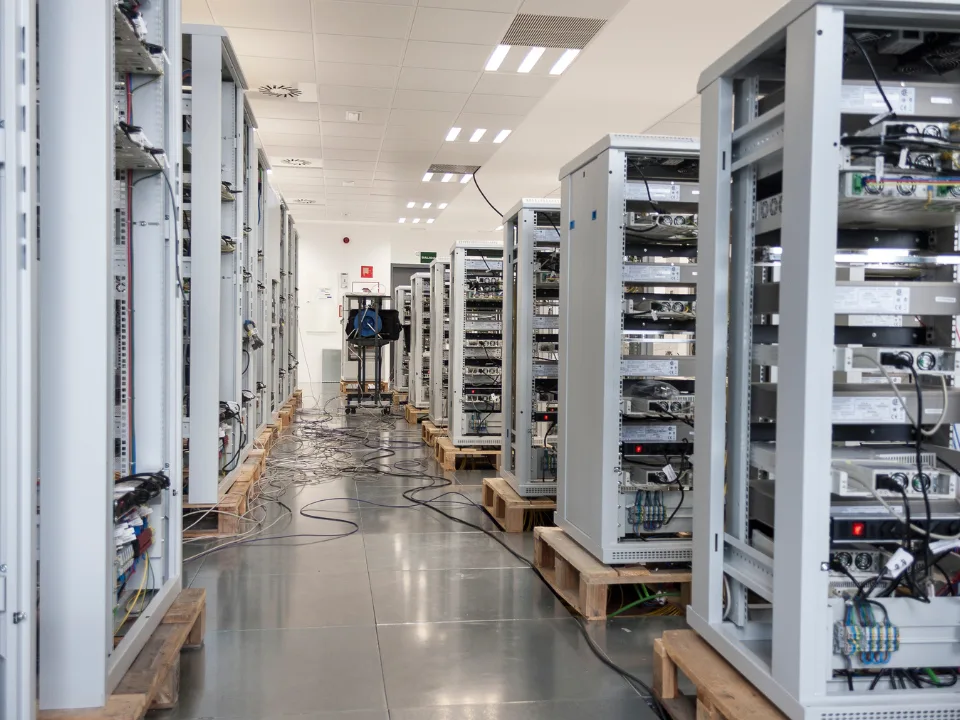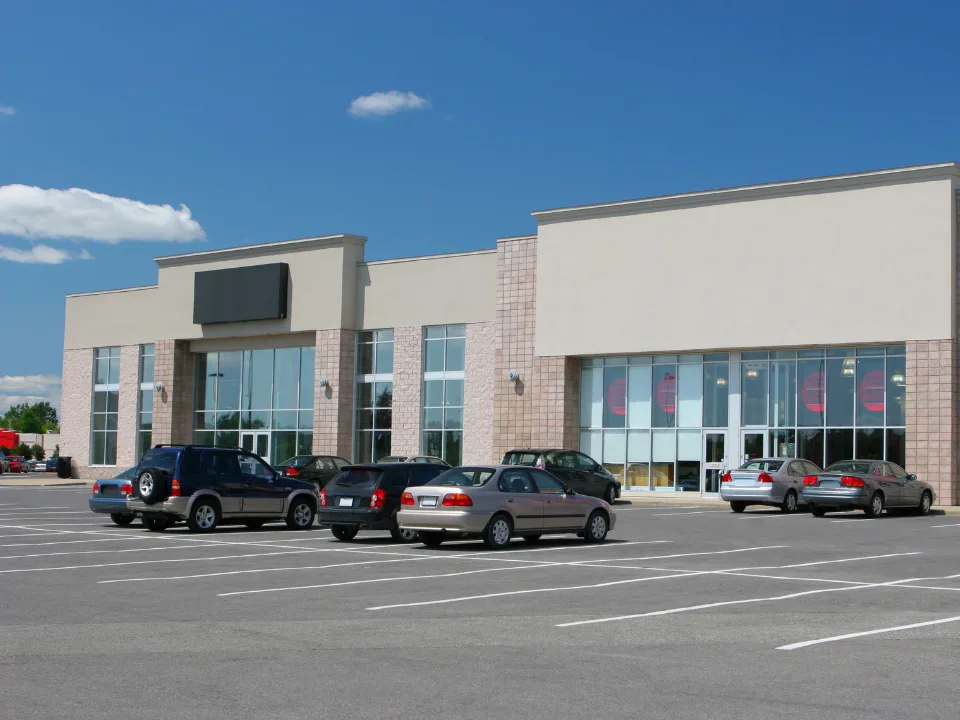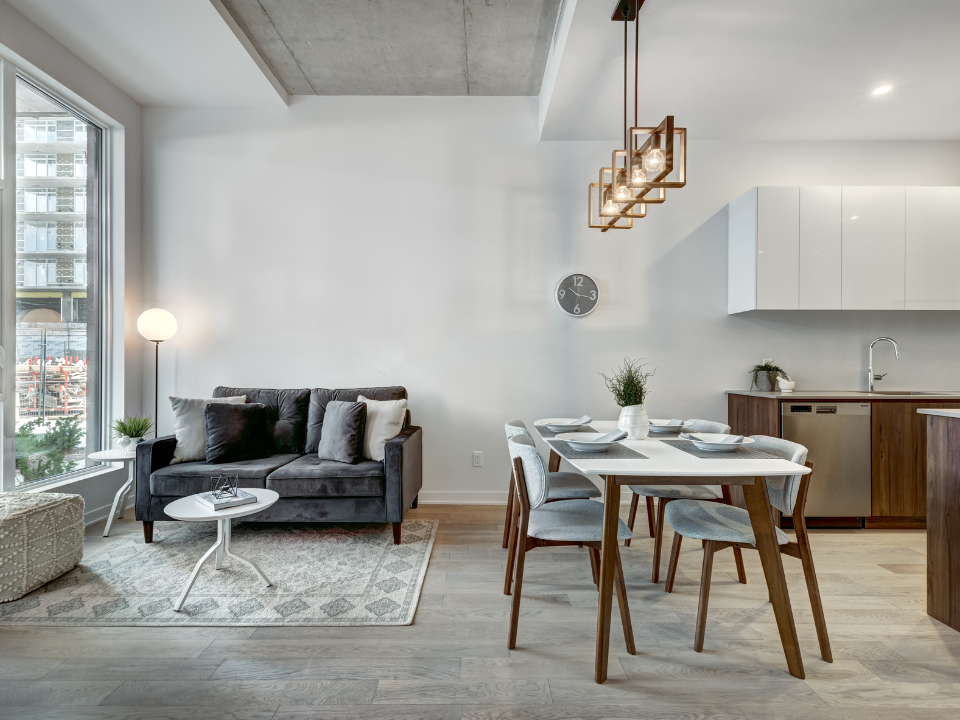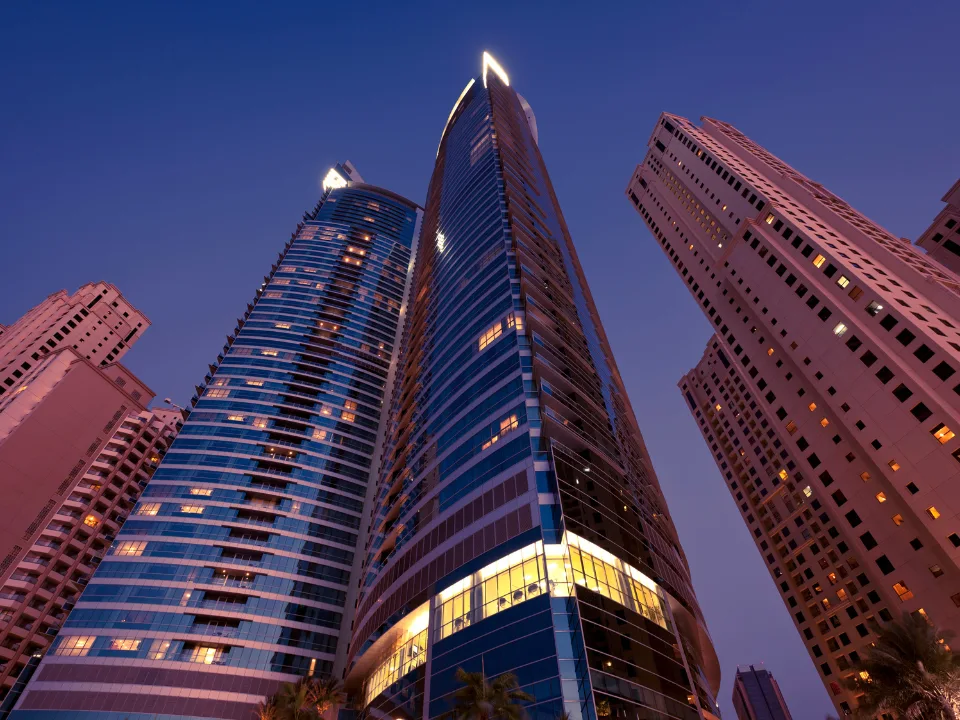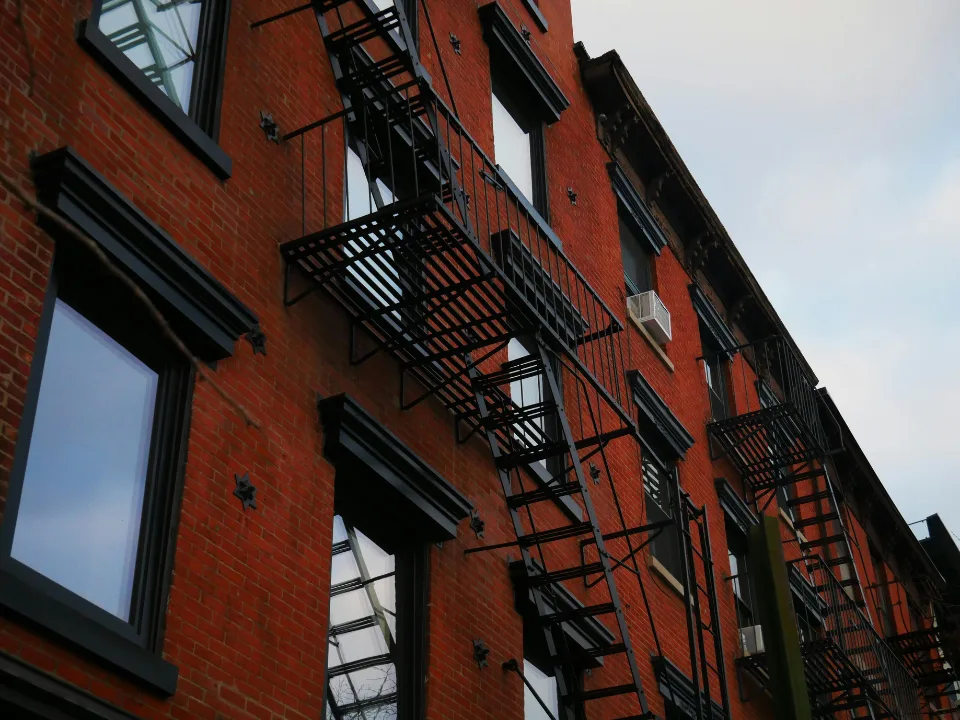- U.S. apartment absorption reached 488.78K units in the year ending in Q3, with 192.65K units absorbed in just the July to September period.
- Seven major markets—Phoenix, Charlotte, Raleigh/Durham, Nashville, Jacksonville, Las Vegas, and Salt Lake City—saw all-time high demand over the past year.
- Population growth, job opportunities, and a boom in apartment construction have been key drivers of this increased demand, particularly in fast-growing Sun Belt regions.
According to RealPage, the U.S. apartment market has seen a surge in demand, absorbing 488,773 units in the year-ending 3rd quarter of 2024. A significant portion, 192,649 units, was recorded between July and September alone, showcasing a robust rental market.
Record-Breaking Markets
Among the nation’s 50 largest apartment markets, several Sun Belt cities stood out, marking record-setting demand levels, reflecting a nationwide trend of rapid growth and renewed rental activity.
Several key markets hit all-time high apartment demand figures over the past year, driven by favorable economic and demographic factors. According to RealPage Market Analytics, the top-performing markets included:
- Phoenix
- Charlotte
- Raleigh/Durham
- Nashville
- Jacksonville
- Las Vegas
- Salt Lake City
These cities have benefited from major demographic trends, including significant population growth. Data from the U.S. Census Bureau shows these areas have expanded at rates at least double, and sometimes triple, the national average since 2017.
Cities like Raleigh, Nashville, and Jacksonville saw their populations grow by over 10% from 2017 to 2022, far outpacing the national average of 3.1%.
Key Growth Drivers
Several factors are fueling this unprecedented demand:
- Demographics: The population boom in these markets is a primary driver. Favorable demographics, particularly in fast-growing Sun Belt cities, have created a steady flow of residents seeking housing options, including apartments.
- Economic Stability: Job growth in these cities is generally above the national average, and they often report lower unemployment rates, attracting more people looking for work and housing.
- Increased Supply: As demand has risen, developers have responded by expanding apartment inventories. Most of these markets saw above-average growth in new apartment construction in the past year. Notably, cities like Austin (8.9%), Raleigh (7.8%), and Nashville (7%) led in new supply, while even markets with slightly lower inventory growth, such as Las Vegas (2.4%), still contributed significantly to the housing landscape.
The demand figures from July to September were particularly impressive, with cities like Charlotte, Raleigh/Durham, and Jacksonville reaching new peaks.
This seasonal spike helped drive annual absorption to record highs. Meanwhile, Austin and Denver also showed strong numbers, each coming within 200 units of their highest annual demand.
Looking Ahead
With more inventory on the way, these markets are well-positioned for continued demand growth. Many of these cities, particularly in the Sun Belt, are expected to see ongoing supply expansion, creating opportunities for renters and investors alike.
The sustained momentum in apartment construction across these areas underscores optimism for future growth, as new residents continue to flock to thriving, fast-growing cities.
